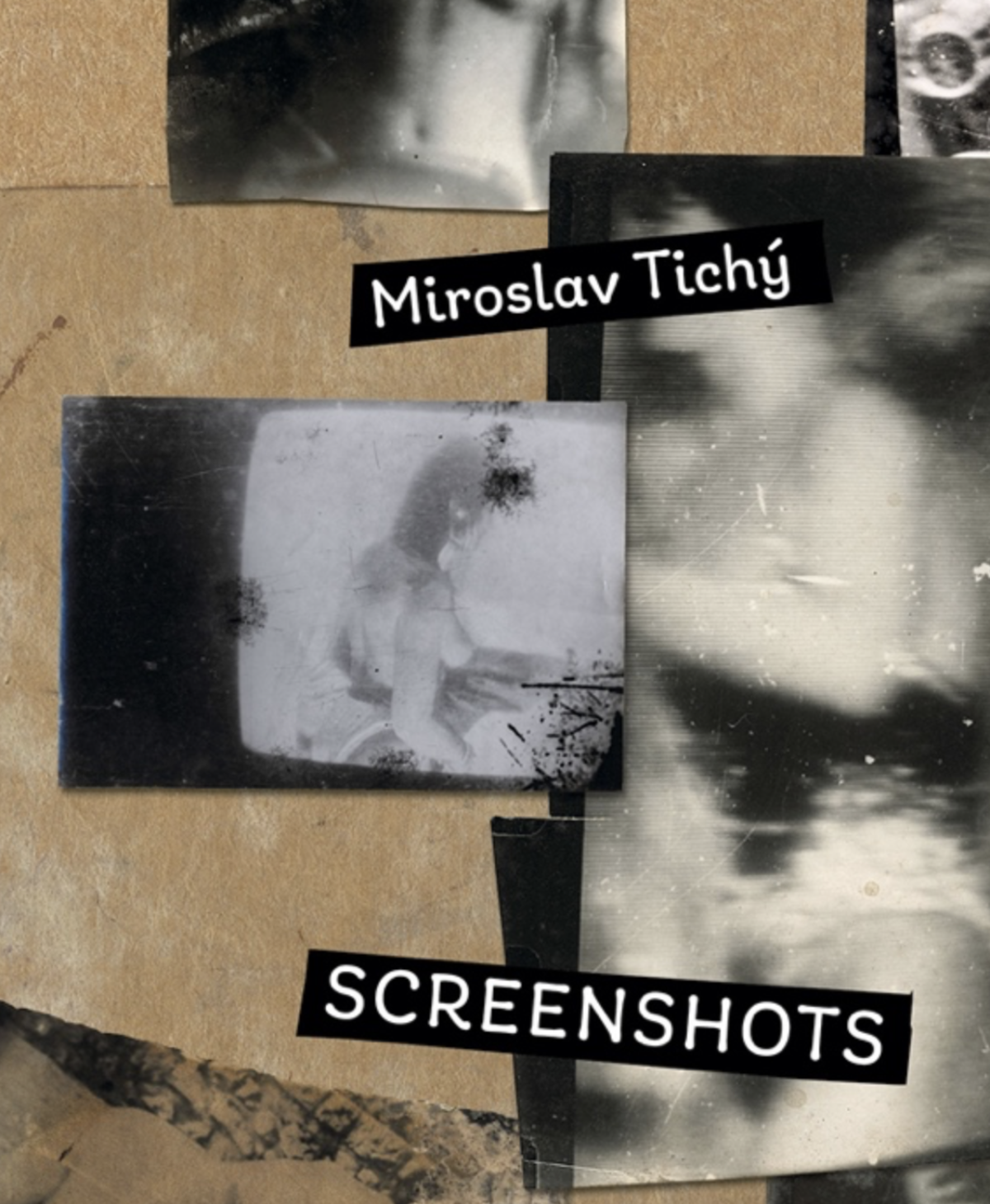Miroslav Tichý
Miroslav Tichý – Screenshots
Zürich
14.9.2023
Miroslav Tichý – An Outsider Among Outsiders
Screen Shots is an exhibition and a publication planned together with the Swiss publisher Periferia in Luzern for the summer of 2023. It consists of a selection of more than 400 images the Czech photographer Miroslav Tichý had shot of his television screen.
In the 1980s and ’90s, Miroslav Tichý made photos of his television screen. Living in his hometown Kyjov in the Czech Republic, he was close enough to Austria to receive the signal of ORF Austrian television channel. This allowed him to look through the iron curtain. Catching light and glimpses of televised queens, women appeared ghastly and glorious. Their appea- rance, in motion on the TV screen, seemed even more real than in still images preceding the television era. The series in a number of ways marks a moment in time. Lines in the images show the screen, sometimes reflecting a lightbulb in the room. Imagining Tichý glued to the screen, catching changing images emphasizes the “otherness” as we walk into an elusive world of fleeing moments.
Photographing daily, the artistic practice of Miroslav Tichý was a direct continuation of his practice at the academy: an exercise in looking, tracing and reproducing the female body. His analog photography shows traces and errors of a process he deliberately sought out by making his own cameras and enlargers. His images capture women in grainy patches of light and shadow. Printed on roughly cut light-sensitive paper, they were often glued to old sheets, inviting the viewer to read them as parts of the process.
Tichý’s practice of ‘Screen Shots’ makes us revisit the way images reach us and enter our personal lives, a topic that gained prominence in the last decade. Tichý’s work offers an early day “screen-shot” that shows and simultaneously pierces the layers of showing and looking closely. The idea of proximity is key to his practice, which seeks close-ups rather than close- ness, keeping at all times a bridge of self-made lenses, or in this case, the television screen.

[1/1]